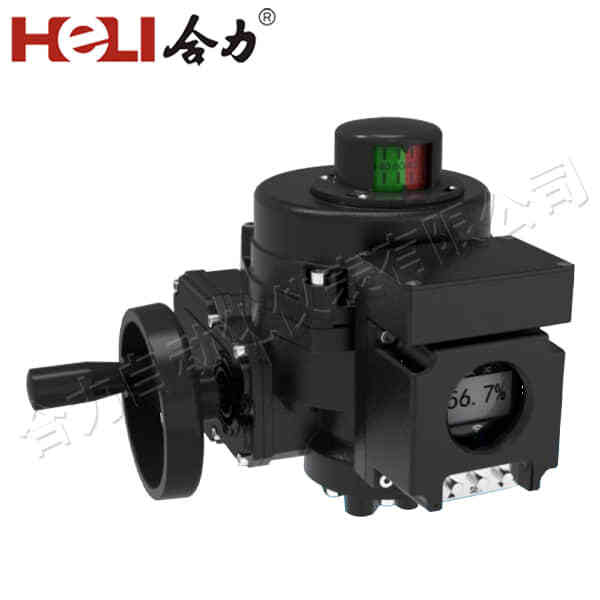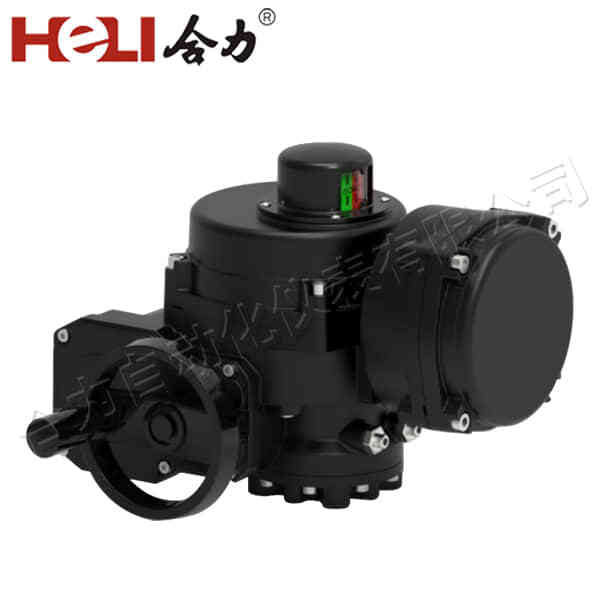understanding electric actuator valves: key features, applications, and benefits
Release time:2025-03-23 15:18:29
Electric actuator valves are essential components in many industrial automation systems, offering precise control over fluid flow, pressure, and temperature. These valves, coupled with electric actuators, play a crucial role in ensuring that operations run efficiently and safely across various sectors such as manufacturing, energy, water treatment, and HVAC systems. This article explores the key features, applications, and benefits of electric actuator valves, helping readers understand why they are so integral to modern industrial applications.

What Are Electric Actuator Valves?

Electric actuator valves consist of two main parts: the valve itself and an electric actuator. The valve is the mechanical device responsible for regulating the flow of fluids or gases within a system, while the electric actuator is the motorized component that opens or closes the valve. The actuator receives signals from a control system, which could be either manual or automated, and translates those signals into mechanical motion that moves the valve. This movement, in turn, adjusts the flow rate, pressure, or temperature of the system.




